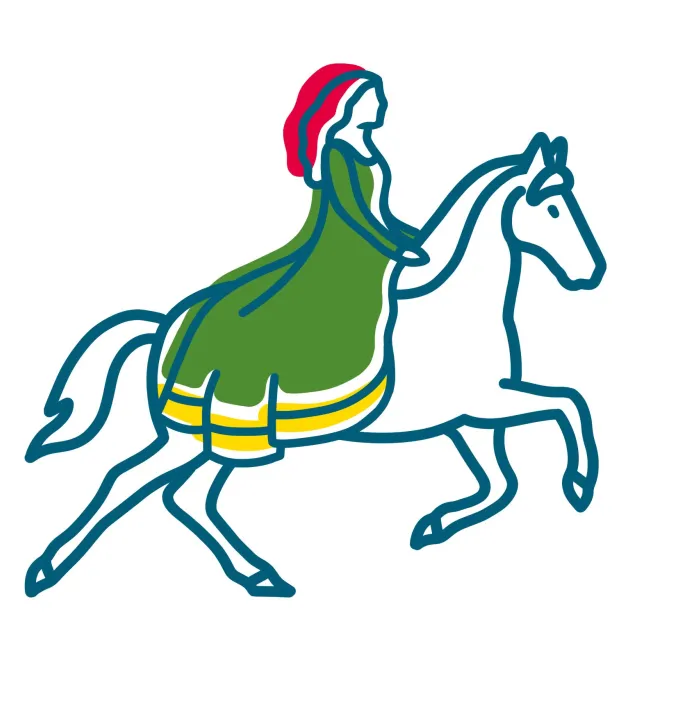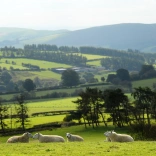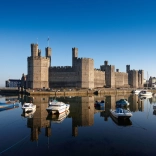Every country has its classic literature. Greece has the Odyssey, England has the works of Shakespeare, and in Wales we have our Mabinogion.
The 19th century anthology consists of eleven ancient Welsh folklore stories that were passed down by generations of cyfarwydd (storytellers) before finding their way into two medieval Welsh manuscripts, the White Book of Rhydderch (1350) and Red Book of Hergest (1382-1410), making them some of the earliest surviving prose stories written in Britain.
The fantastical tales, featuring dragons, monsters, knights and a murder-plotting maiden made entirely of flowers, have become entwined in Welsh culture and continue to enchant audiences today, both in their original versions and in newly adapted forms.
As Professor Sioned Davies, former Head of the School of Welsh at Cardiff University, puts it, ‘The stories in The Mabinogion are important not just because they’re so old, but because they’re timeless, proving to be just as fascinating to modern audiences as they were to medieval ones.’
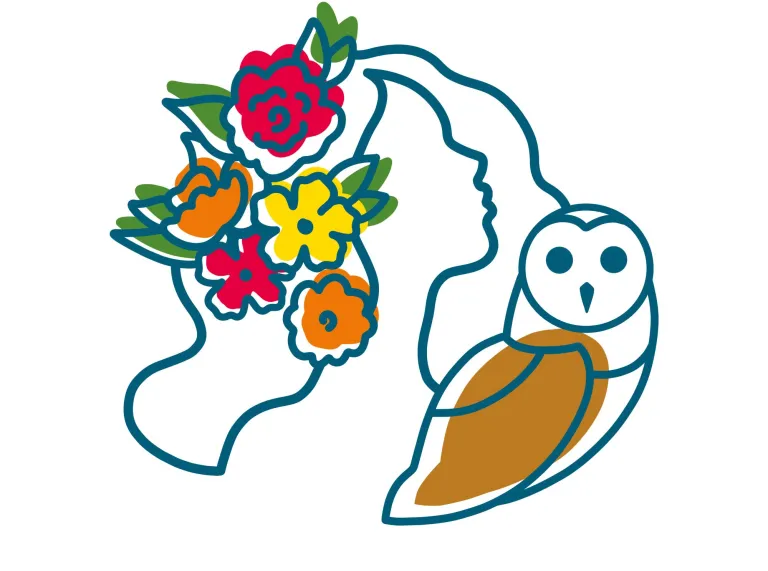
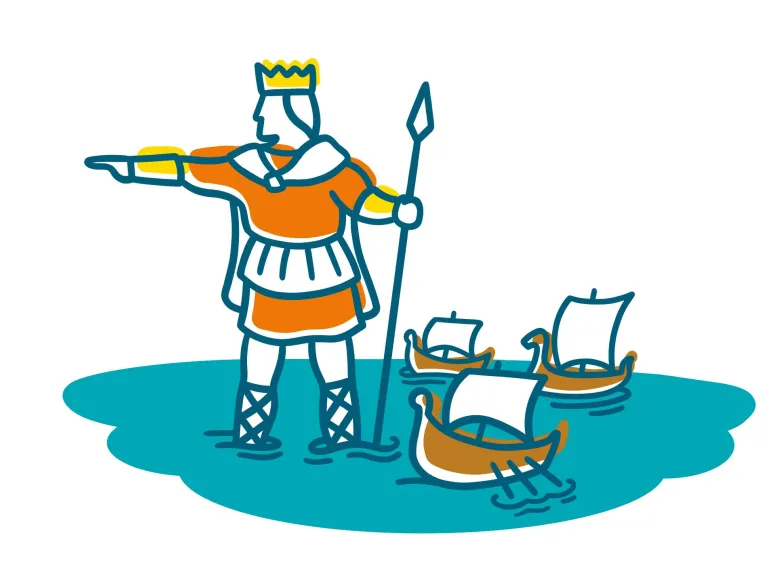
What does the term "mabinogion" mean?
As a title for a collection of old-worldly tales, The Mabinogion sounds fittingly mystical. But the term mabinogion is actually a scribal error, likely entering into the text as an incorrect pluralisation of the Welsh word mabinogi, which is thought to have meant ‘children’s tale’, or simply ‘tale’.
When the eleven stories were first transcribed from their original Welsh into English by the accomplished 19th-century linguist Lady Charlotte Guest, Guest opted to use the term as the title for her new anthology, and it has stuck ever since. Guest was also the first to group the eleven narratives into one collection, which were previously scattered through the pages of the 14th-century manuscripts, the White Book of Rhydderch and Red Book of Hergest.
However, it’s not just this grammatical error that makes the title of the collection misleading.
‘The term "mabinogion" is rather a misnomer,’ says Professor Davies, who published her own translation of the text into English in 2007. ‘It implies that all of these tales are very closely related and perhaps by the same author belonging to the same period, but that’s not the case.’
So who did write The Mabinogion?
The truth is that we don’t really know. The stories were almost certainly popularised as oral tales, and so were likely altered and embellished by roving Welsh cyfarwydd (storytellers) before they were eventually standardised and transcribed.
As a result, most scholars agree that the stories are the work of multiple authors written at different time periods, though some have argued that a handful of the tales are the work of a single scribe, be it a lone monk in a North Wales monastery or even a fabled Welsh princess. Unlike the medieval poets, who often signed their name at the bottom of their poetic works, these stories contain no hint as to their origin, meaning the author will undoubtedly remain an intriguing mystery.
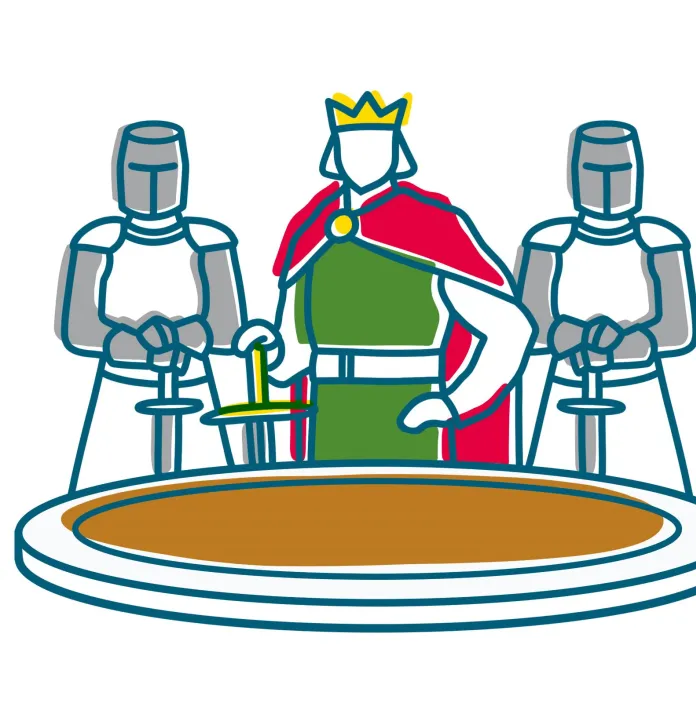
What are the stories of The Mabinogion about?
As some of the earliest written Welsh prose, the eleven tales provide an insight into the ideas and themes that resonated with medieval audiences.
For the modern reader, the fantasy is unrivalled, with plot points that include two treacherous nephews being turned into a pair of breeding pigs, and a queen convicted of cannibalism forced to carry people around on her back as punishment. But there’s more recognisable medieval tropes too, including a number of stories that feature the legendary King Arthur character and his famous knights.
Beneath the surface, the text also reveals the collective attitudes and anxieties of the medieval population of Wales, particularly concerning the ever-present threat of conquest and colonisation.
Within the collection, four stories, known as The Four Branches of the Mabinogi, are tied together by an interlinked plot and recurring characters, with this connection emphasised through a narrative device that sees each of the four tales end with a version of the sentence: "and so ends this branch of the mabinogi".
Each of these stories revolves around a different mythical Welsh ruler, who must overcome family feuds, cross-border warfare, personal vendettas and the occasional magical curse in order to protect their kingdoms and safeguard their lineage.
The remaining seven stories aren’t connected to one another. Three are categorised as classic romance stories, where a knight, affiliated with King Arthur, performs acts of valour to win the affections of his beloved. Two are pseudo-histories, involving a supposed king of Britain facing a series of strange plagues and a Roman emperor travelling to Wales to meet a maiden he sees in a dream.
The other two stories are again Arthurian themed, though this time with Arthur himself as the focus. One sees Arthur musing over an impending war against the Saxons, and another where he helps a Welsh prince accomplish a number of formidable tasks in order to win the hand of a giant he wants to marry (because, why not). The latter of these stories is noteworthy for being the first written tale in any language with the legendary figure Arthur as its hero.
Why are the stories of The Mabinogion so important?
The stories of The Mabinogion are significant because of their historical value as rare early medieval texts, but also because the tales have become entrenched into Welsh culture and identity. The story of Lludd and Llefelys, for example, features Y Ddraig Goch, The Red Dragon, a motif that adorns the Welsh flag and has become one of the prominent symbols of the country. Other stories and characters continue to crop up in more subtle and surprising ways.
‘One of the stories has become linked with Welsh football,’ says Professor Davies. ‘The lyrics of the song Yma o Hyd, which the Welsh supporters sing, actually reference the story The Dream of the Emperor Maxen, when Maxen returns to Rome and leaves the Welsh to fend for themselves. So The Mabinogion is there, in that very popular football song.’
The stories of The Mabinogion have also had a wider influence on the literary world, with parallels able to be drawn between the mystical ancient narratives and more contemporary fantasy novels, including the works of J.R.R. Tolkien and J. K. Rowling.
Having now been translated into numerous languages, including Arabic, French and Hungarian, the stories also continue to resurface in new adaptations, including as an animated film, graphic novel, and a 2007 opera, The Sacrifice. There has even been a live musical version.
Are real places featured in The Mabinogion?
Numerous real-world places crop up within the wonder-filled pages of The Mabinogion. In the three romance stories, King Arthur is said to hold his court in Caerleon, a very real preserved Roman fortress on the outskirts of the city of Newport, while in The Dream of the Emperor Maxen, the emperor finds the mysterious lady he has been dreaming about waiting for him in Caernarfon, another site with Roman links that is famed today for the UNESCO-listed Caernarfon Castle.
Other named places in the text include the coastal town of Harlech, the island of Grassholm, which is now a protected haven for birdlife, and the Welsh capital, Cardiff, along with its emblematic fortress. In fact, referenced places pop up right around the country – so much so that there is even a popular “Mabinogion map”, created by Margaret Jones.
But, according to Professor Davies, there could have once been tales stemming from even more parts of Wales.
‘I like to think that the few [medieval] manuscripts we currently have is just the tip of the iceberg, and perhaps rather than four branches [of the Mabinogi] we may have had ten, twelve or twenty,’ says Professor Davies.
Does this mean that any additional stories are lost forever?
‘You never know,’ says Professor Davies. ‘A colleague of mine found a version of a Welsh manuscript in a library over in the States. So, you never know. Maybe there are still more stories to uncover.’
